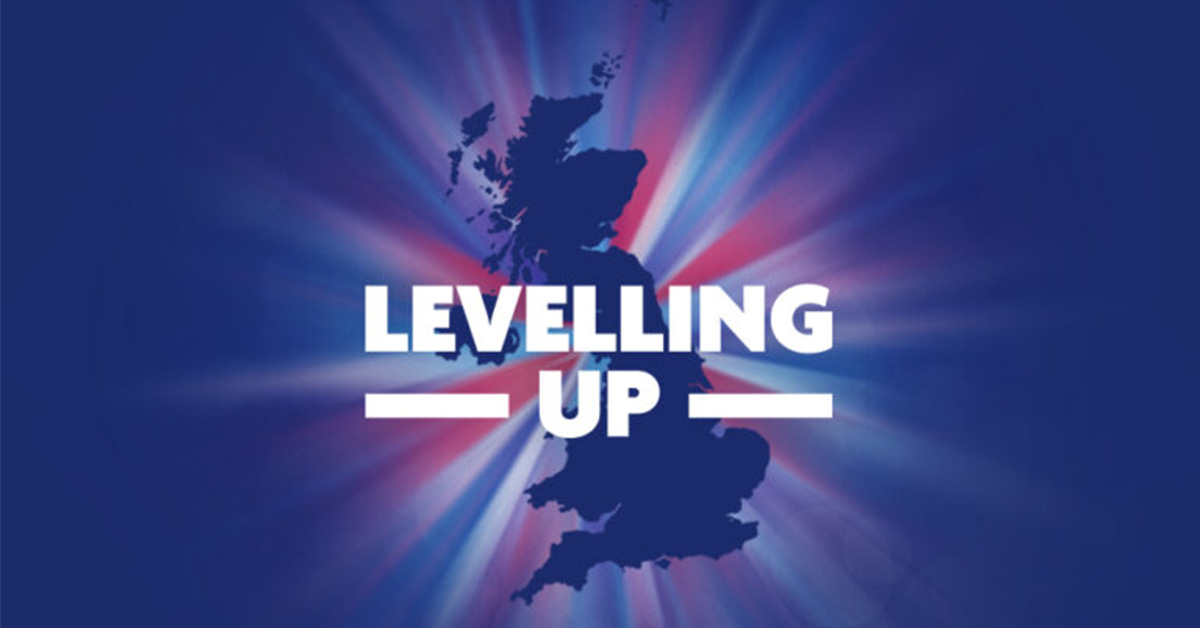Among the 12 key missions set out in the White Paper are plans to increase public research and development (R&D) investment outside London and the South East by at least 40% by 2030. As a research alliance, we welcome more R&D funding across the country which will stimulate private sector investment, innovation and economic growth.
We are also encouraged by the commitment from the Department for Business, Energy, and Industrial Strategy (BEIS) to invest at least 55% of their domestic R&D funding outside the Greater South East by 2024-5. The UK’s research and innovation capabilities are critical to securing our status as a “science superpower” and tackling pressing global challenges.
The White Paper also announces three new Innovation Accelerators – major place-based centres of innovation backed by £100m of new government funding – in Greater Manchester, the West Midlands and Glasgow-City Region.
The strength of our universities have contributed to the South West and Wales region becoming widely recognised for its world-leading research and innovation in future-facing sectors such as aerospace and the digital economy. Yet we hope intra-levelling up opportunities will also be taken into account, recognising the unique profile of each region at a granular level. The relative affluence of parts of our region can often obscure an appreciation of the substantial deprivation and lack of industrial diversity in the locality. National statistics have shown areas in Wales and Cornwall are ranked among some of the most deprived in the UK. And cities in our region have substantial pockets of severe deprivation, often surrounded by rural and coastal poverty. For example, the Lower Twerton region of Bath is in the top 10 per cent of the most deprived areas in England.
The requirement for specific departmental spatial R&D targets – for BEIS, the Department of Health and Social Care, the Department for Transport (DfT), and the Department for the Environment, Food and Rural Affairs – will provide a mechanism to ensure the monitoring of spend levels outside of the Greater South East. It is critical that this mechanism is sufficiently granular to understand where spend is occurring, as opposed to being based solely on the location of the lead investigator, and that there is transparency on how place will be factored in to funding decisions.
Universities can help drive the levelling up agenda by tackling inequalities and deprivation not only between regions, but within regions too. As an Alliance, we identify areas of complementary expertise across our four member universities to deliver research and innovation at scale, in turn building a highly skilled workforce and boosting the regional economy.
With Net Zero as one of our strategic priorities we have focused our activities on how to best support sustainable mobility so we are pleased to see the DfT will ensure its £299 million R&D settlement for decarbonising transport benefits all parts of the UK.
Yet there are key areas of unexploited opportunity too which could be hugely beneficial in helping local areas to recover and grow; for instance, in the life sciences industry which would help to address regional health inequalities.
GW4 has invested £3.1 million in over 100 collaborative research communities to date. These research communities are addressing major global and industrial challenges - from net zero, climate change and sustainability to antimicrobial resistance – and include more than 250 external partnerships as diverse as the National Trust, Met Office and Airbus. Return on this research investment has hit an all-time high, capturing £20 in external research awards for every £1 spent.
This highlights how small-scale research funding can lead to larger research collaborations with real-world impact. We can provide direct access to interdisciplinary research expertise, over 1,700 items of cutting-edge equipment and facilities, and the technical talent to help speed up the research and discovery pathway. Our four universities are well placed to support R&D business collaborations, and ultimately investment and growth in local areas, across the South West and Wales.






